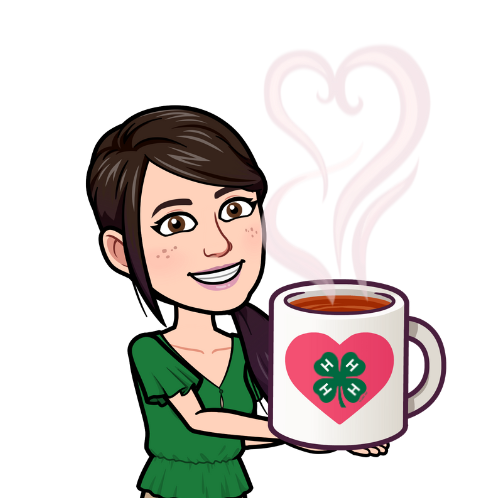Lately, we have been spending a lot of time at home with our 2-year-old daughter, Sara. She absolutely loves bubbles, so we bought her a bubble machine to play with outside. She loves it and we have enjoyed experimenting with making bubbles at home. For today’s activity, we are going to learn a little bit about bubbles.
Bubbles are formed based on the scientific concept of surface tension. Water has strong bonds that help it create a strong surface tension. Soap, however, makes that surface tension change and bubbles can be created. Watch this cool video below for a short explanation.
Making bubbles at home can be super fun and requires only a few basic ingredients. We did some research to help you choose the best possible ingredients. After reading tons of bubble recipes, these are some suggestions we came up with for making awesome bubbles.
Distilled Water: Did you know that your tap water contains tiny amounts of trace elements such as metals and dirt particles? These particles are so tiny that you probably don’t notice them when you are drinking water. However, they can still effect the bonds between water molecules, which will make a difference in how your bubbles form. To make the best bubbles, you will need distilled water.
Dish Soap: While any dish detergent will allow you to make bubbles, several experiments have shown that some bubbles work better than others. The best dish soaps are highly concentrated and unscented. Some good examples are Dawn Platinum or the regular blue Dawn. You can definitely use other brands as well. Try to pick a detergent that is labeled as being good at cutting grease or removing stains. These are usually the most concentrated options.
Glycerin or Corn Syrup: In order to strengthen bubbles, you can add a small amount of glycerin. Glycerin helps strengthen the bubbles so they last longer. Sometimes, glycerin can be hard to find and is somewhat expensive. If you don’t have access to glycerin, you may also use corn syrup in your solution to help strengthen bubbles. It is cheaper and is readily available at any local grocery store. Want to know more about how glycerin and corn syrup make bubbles stronger? Check out this cool article from the Scientific American.
Bubble Wands: Once you have your solution made, you will need some type of wand to blow your bubbles. There are tons of different options for this. You can create Giant Bubble Wands. Build fun geometrical shapes to play with bubbles. Or, create a simple bubble wand with a pipette.
Ready to make your own bubbles? We recommend the recipe from MyFrugalAdventures.com because it is made with a simple recipe and easily accessed ingredients.

We would love to see how your bubble making experiments work out! Feel free to share your bubble wands and bubble creations with us on social media. Simply post your pictures on public with the hashtags #4HSTEMulatingLearning and #tattnall4h.
